| We are delighted to announce that we have been appointed as a Value Added Partner by CGE Risk, the leading provider of barrier-based risk management solutions. We have been using the bowtie methodology for several years with railway, metro, tram, fire & rescue and social care clients, so this appointment marks an important stage in how we help clients apply the technique. Being a Value Added Partner for CGE Risk allows us to provide a complete solution for the bowtie risk assessment methodology; helping you to understand and apply the methodology and also provide and implement CGE’s specialist software for producing excellent bowties. CGE Risk has verified that we have been trained in risk and incident analysis methods as well as the application of these in their software solutions. If you are looking for consultancy (applying the bow tie technique to your business risks), training in the methodology and/or the software or advice on how to scope or purchase software then please contact us. |
|
0 Comments
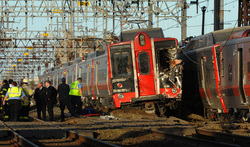 Metro North crash. Image by NY Times Metro North crash. Image by NY Times A Metro-North train derailed in the Bronx on December 1st 2013, killing four people and injuring more than 70. The train had entered a curve at nearly 3 times the permitted speed. Recent investigations appear to show that overtime working is endemic on the railroad; the driver in the crash had worked the equivalent of a six-day week every week for the past three years. See the full news article on the NBC website. In the UK, fatigue of safety critical workers must be managed; the Office of Rail and Road has issued guidance on the risks of excessive working hours and how these can be managed (see here). For details on how we can help identify and manage human factor risks in industry, see our consultancy pages. 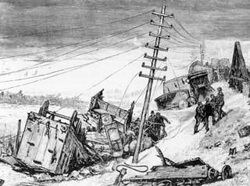 ON Christmas Eve 1874, Oxfordshire witnessed its worst ever railway disaster when a train derailed at Shipton-on-Cherwell, killing 34 passengers. 69 other people were seriously injured. The basic cause was found to be a broken tyre on the carriage just behind the locomotive, but that failure was worsened by the poor braking system fitted to the train. The report can be found here on the Railways Archive. On the 12th December 1988 a crowded passenger train crashed into the rear of another train that had stopped at a signal, and an empty train, travelling in the other direction, crashed into the debris. Thirty-five people died and nearly five hundred were injured.
The primary cause of the crash was incorrect wiring work on the signalling system; a redundant wire was left connected at one end, and bare at the other. The wire came into contact with a relay, causing a signal to display a 'wrong side' green aspect regardless of the presence of a train on the track circuit. The signalling technician responsible had also worked a seven day week for the previous thirteen weeks. Twenty five years on from the Clapham Junction rail disaster, a survivor is still remembering fresh details from that harrowing day. See the news item here, and the accident report on the Railways Archive website here. |
Archives
November 2020
Categories
All
|
||||||||||||||||||||||||||||||||||||||||||





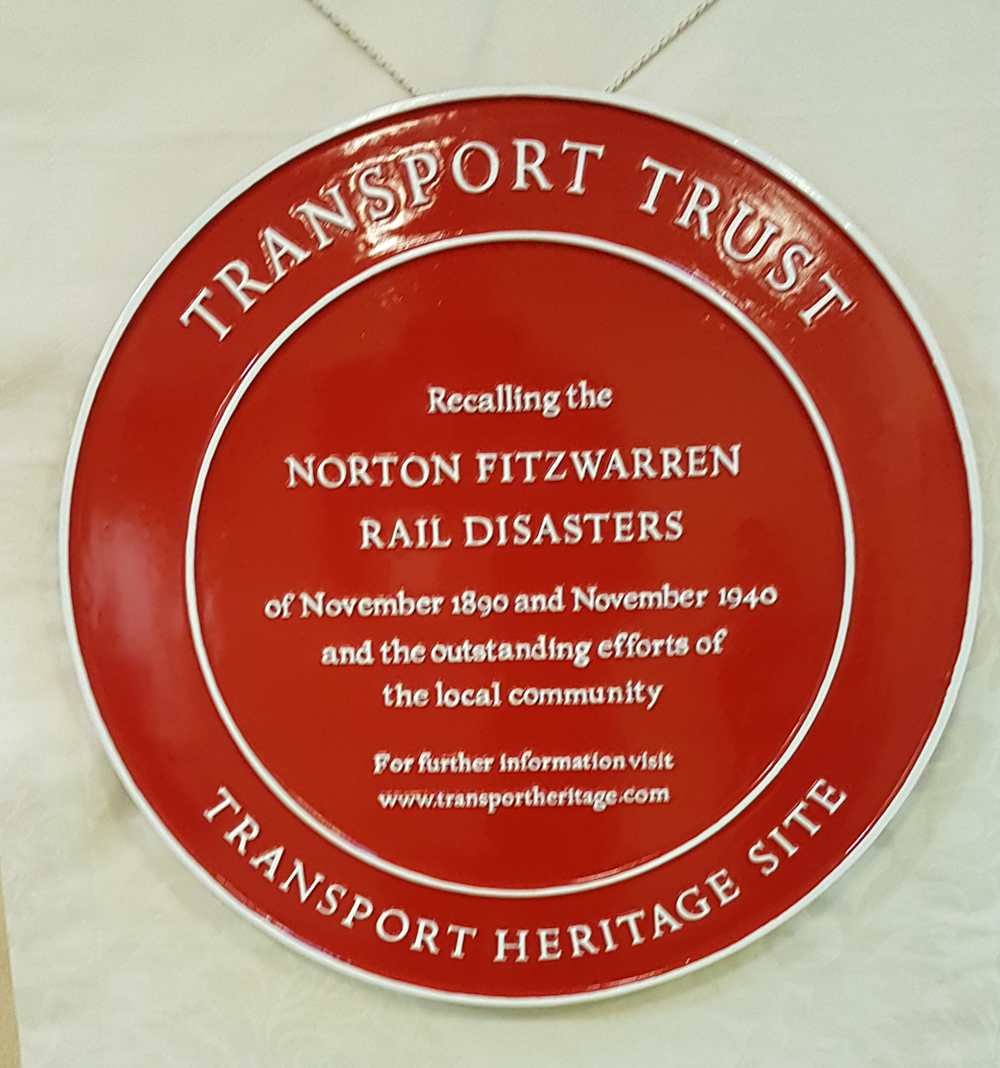
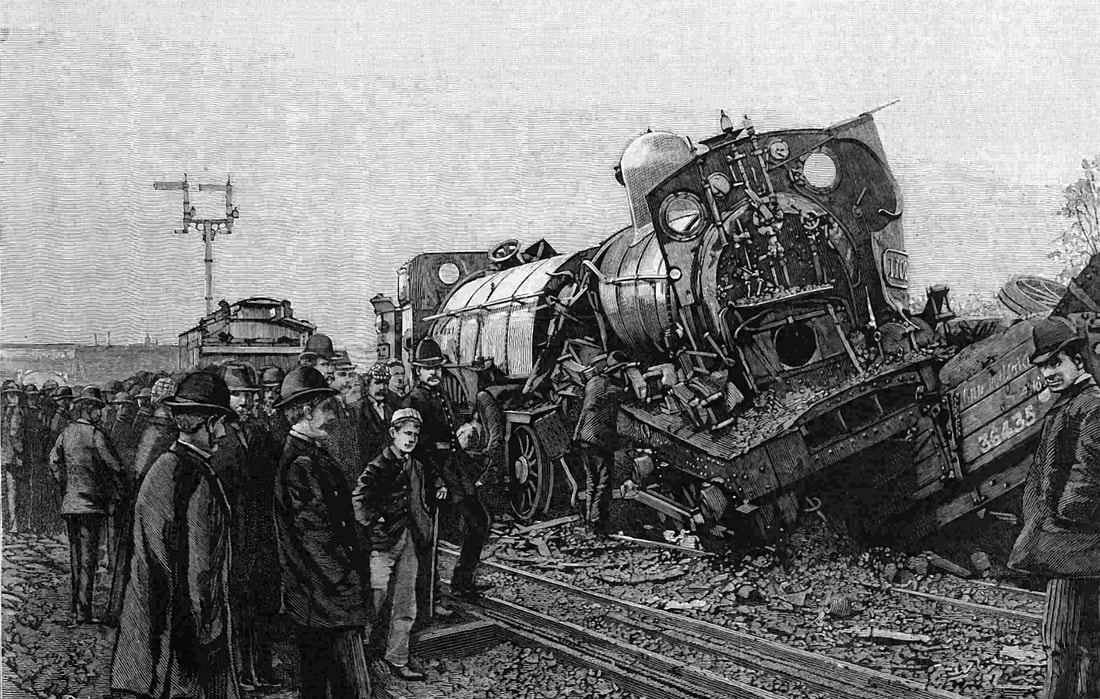
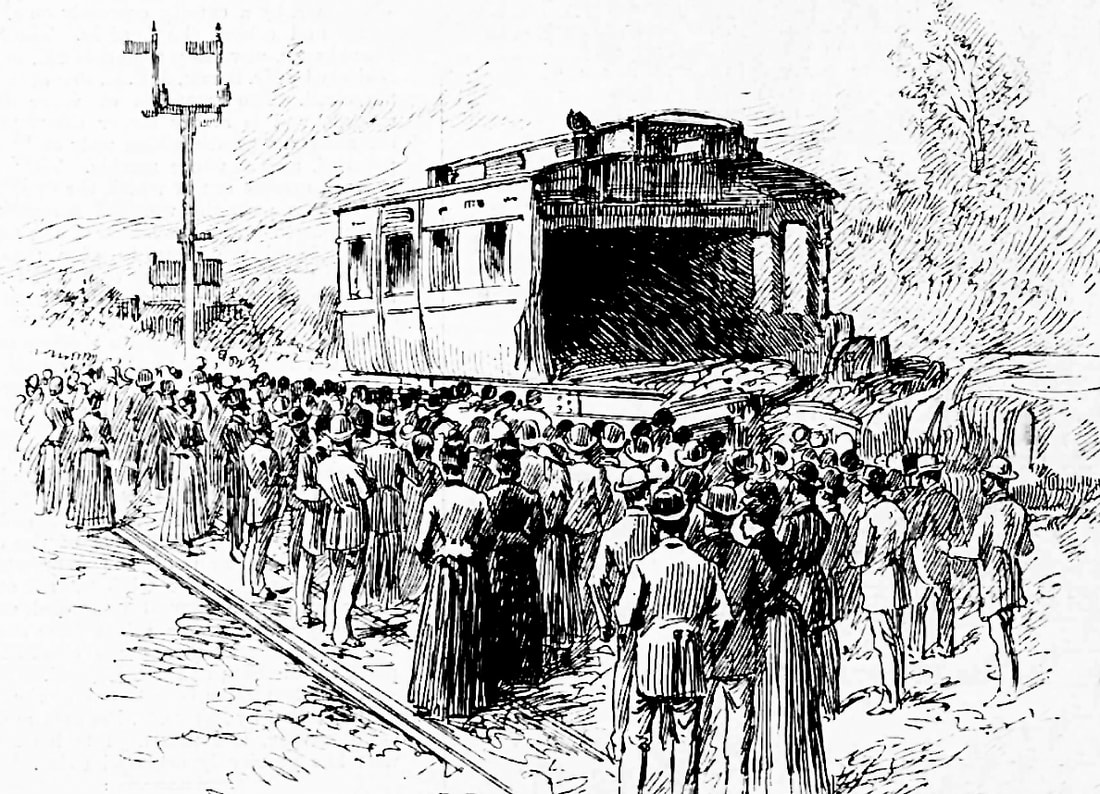
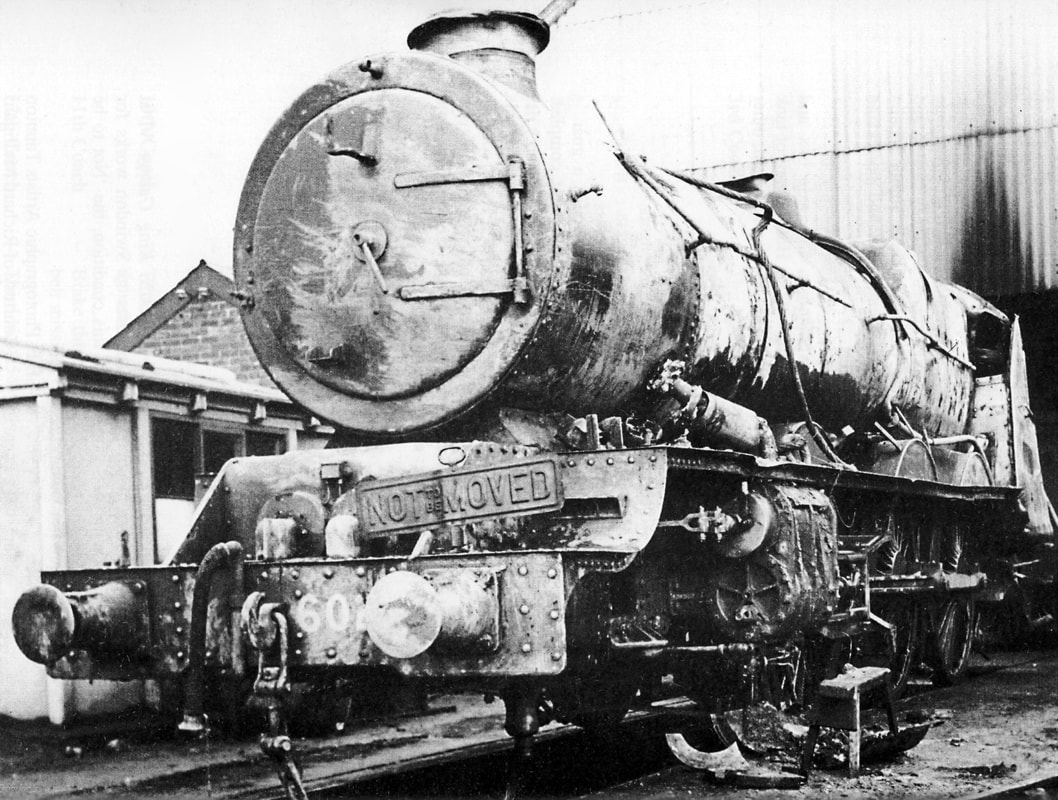
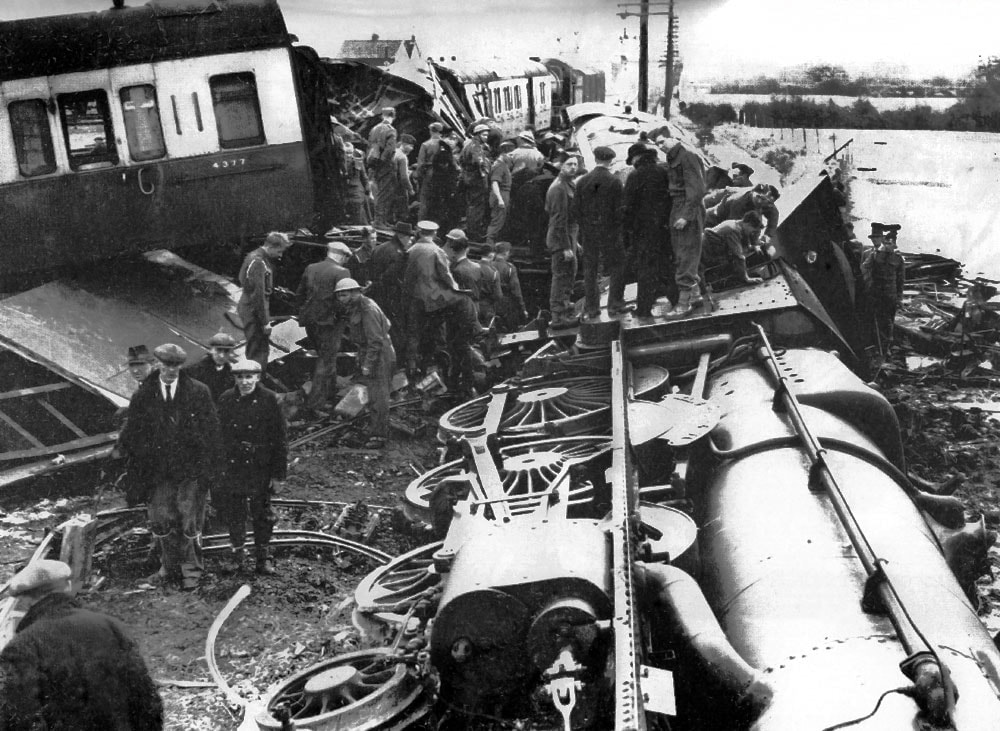
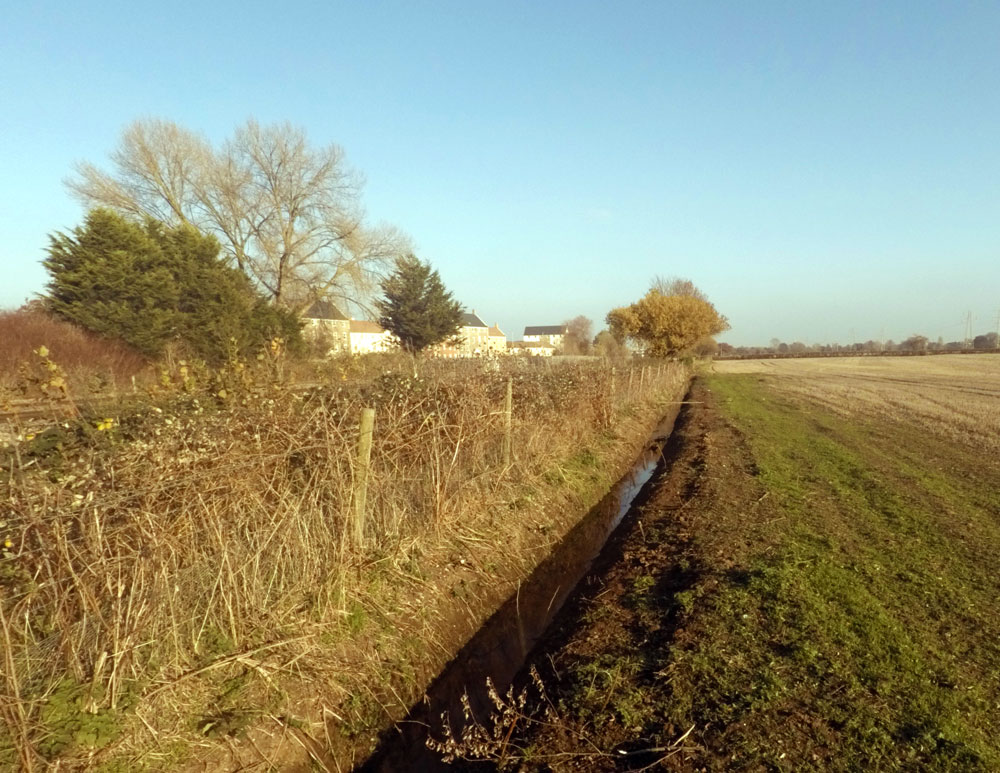

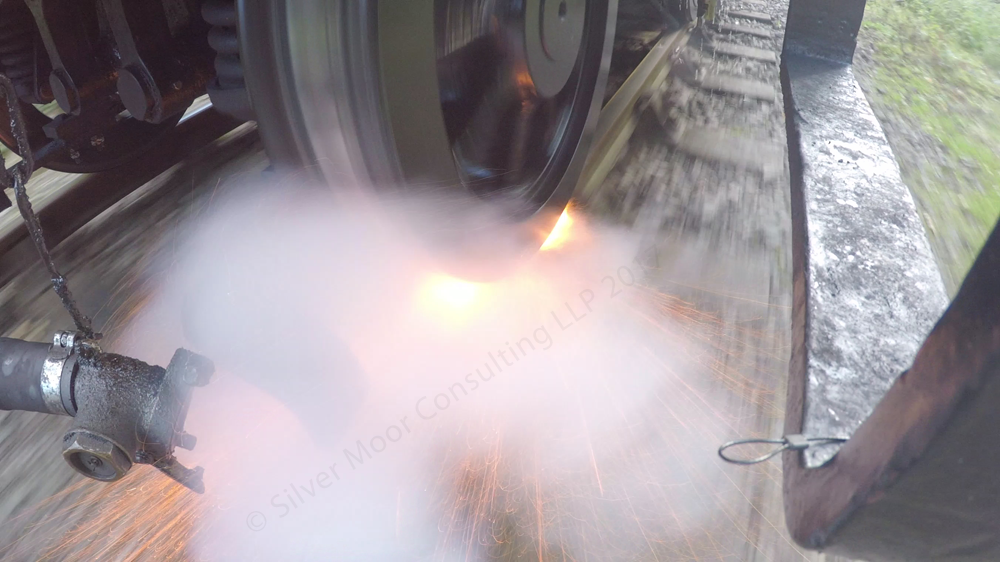
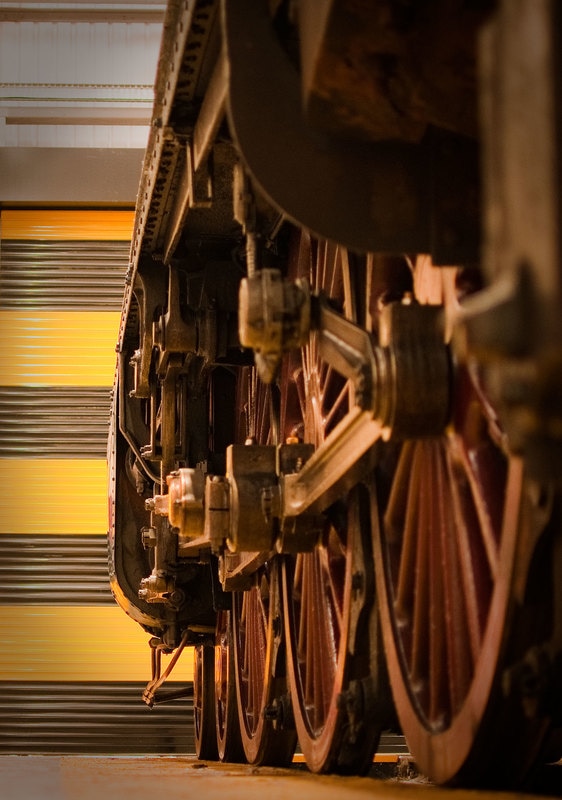

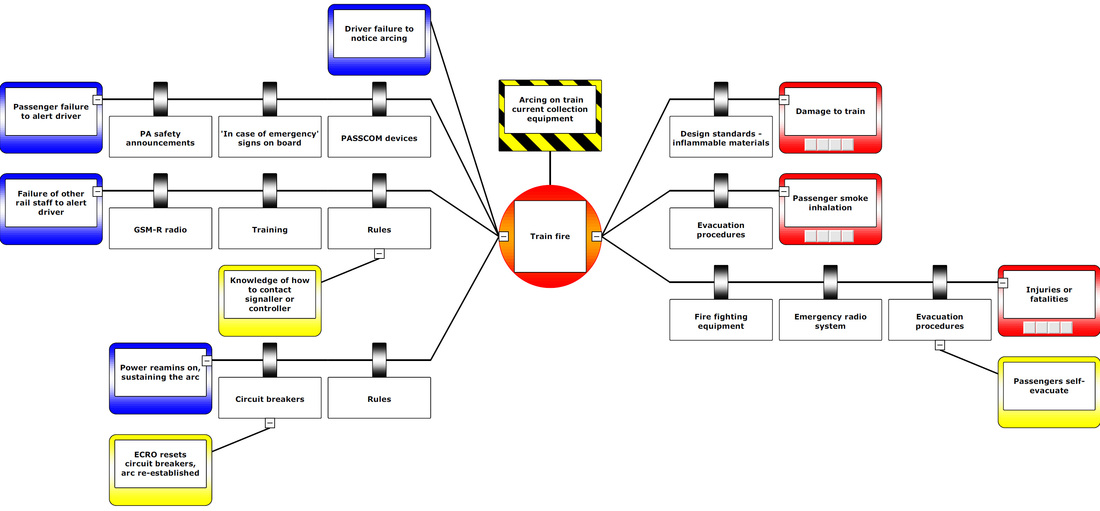
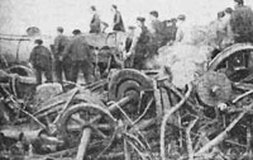
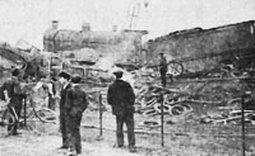
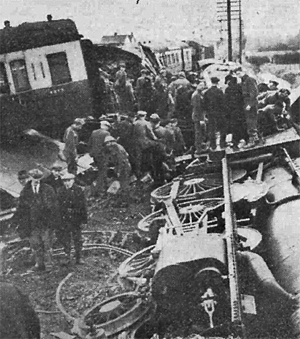
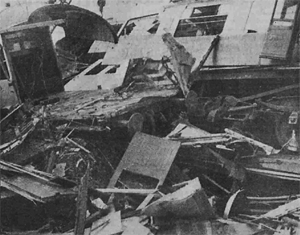
 RSS Feed
RSS Feed